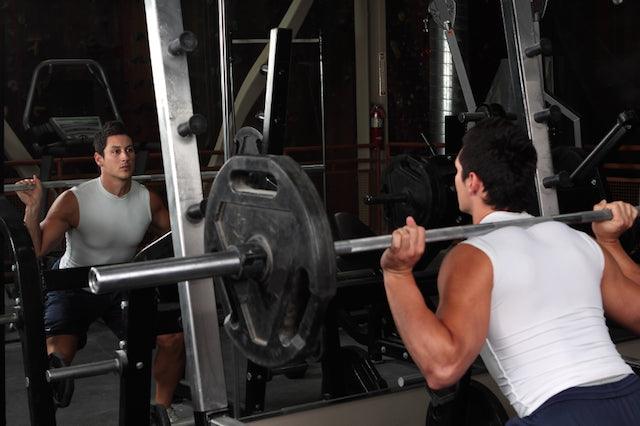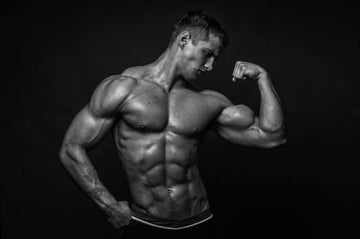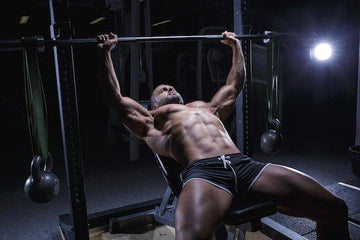

The High vs. Low Squat Bar Stance: Which is Better?
Table of Contents
Older than the debate about proper deadlift form is that about proper squat form. The change in 2-3 inches of bar placement has left many a spot partner to switch lifting days and gym buddies. Is this really a question of simple personal preference, or does the placement serve a specific purpose? Well to keep things as clear as mud… it depends.
When we talk about the lifting of various load weights to increase muscular size and efficacy, our brains back track to a very basic idea of time under tension. Fibers need to be stimulated to point of micro-tearing to be able to grow. If you don’t maximize the amount of time the muscle group is under the most amount of tension, you are minimizing the amount of tearing to the fibers that is occurring.
Now that we know what it takes to make the fibers grow, and in turn make us stronger, it’s a simple question of which bar placement maximizes this ‘time under tension’ principle best. Right? Wrong. The problem with this ideology is that hip flexion, femur length, a whole laundry list of physiological structure dimensions can affect this principle. These differences in dimension usually are important for another common reaction to the squat choice… the dreaded lean!

As we try to maximize the torque of our lower body bearing the weight of the load we place on it (the squat weight itself), low bar squatting usually means a slight lean forward. For advanced power lifters, keeping the chest up and out while allowing the hip and leg joints to do the majority of the movement (and by definition allow the weight to be placed on the muscles within the leg) can be a negligible amount of lean, however inexperienced lifters can put an amazing amount of stress on their lower backs by leaning too far into their center of gravity to avoid the feeling of falling backward. A severe enough injury risk can reduce the reward possibility of any exercise, so trying to lift to heavy to fast is a recipe for disaster.
So after analyzing the mechanics of squatting and weighing the risk/reward of the choices, here’s the conclusion we come to. It depends…if powerlifting or trying to master Olympic lifts exclusively, then all you care about is the maximum amount of weight moved in the shortest and most efficient way possible to be called a legal lift. That being the grading criteria, learning a low bar stance benefits you in reducing the amount of distance between the bottom of the lift and the resting position.
If simply reducing the amount of risk while keeping tension on the very dense and thick muscle groups of the legs, then maybe high bar is your best bet. All in all, lifters should try both and feel comfortable with both positions on the back before trying to lift for maximum weight (1RM’s) and should really use the risk vs reward in conjunction with prior injuries, level of skill in the gym, and comfortably in the specific stance before choosing their preferred method. In the end, gains are gains and this one is more personal preference than it is scientific argument.

















